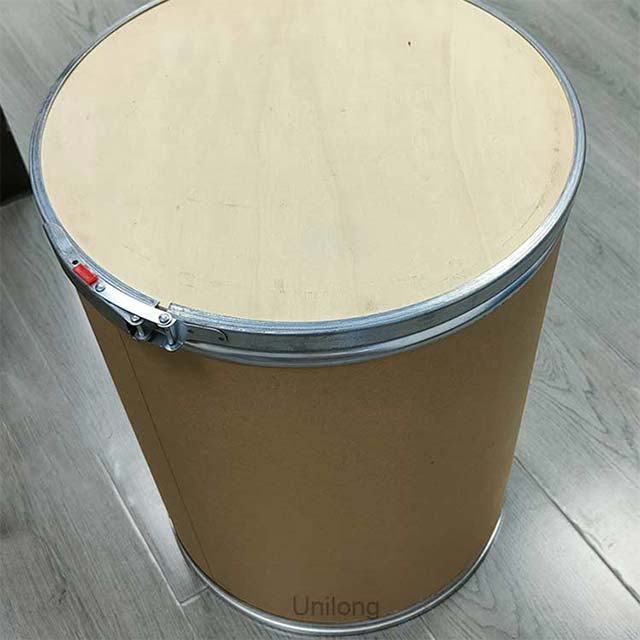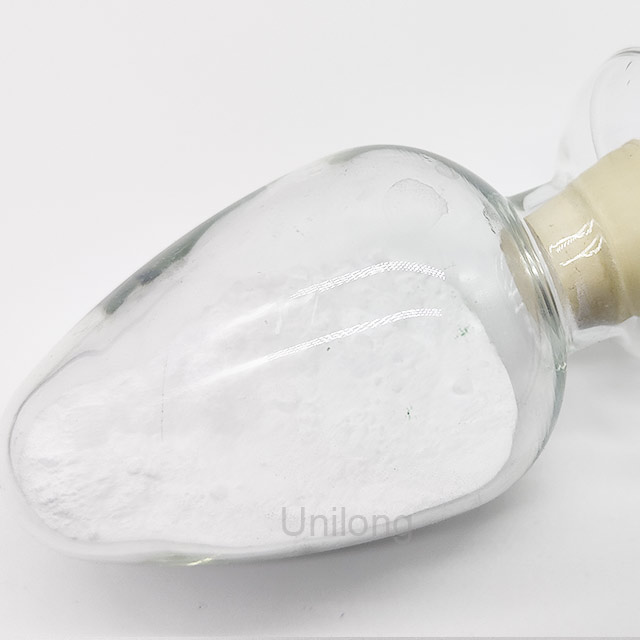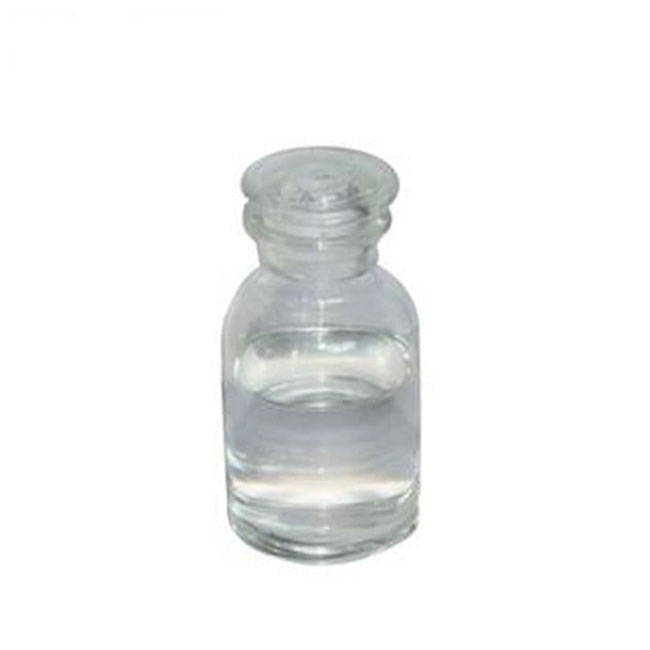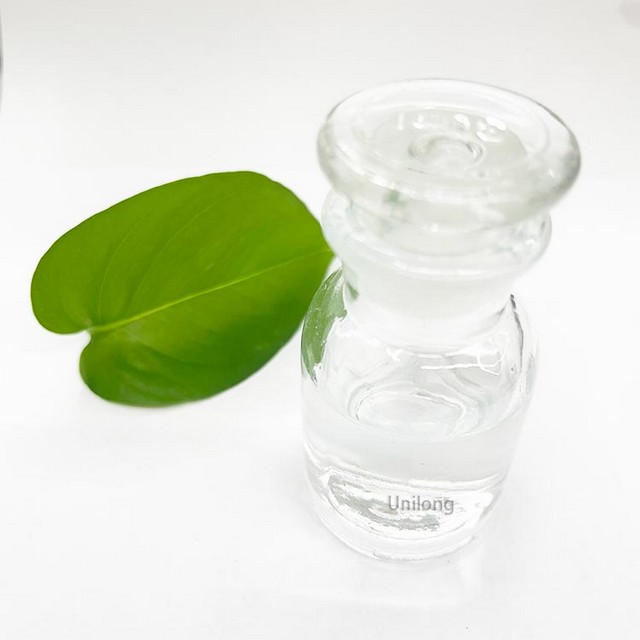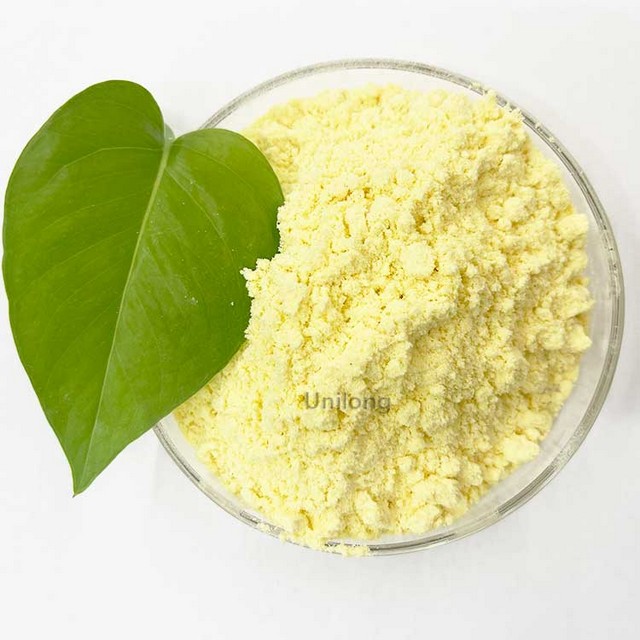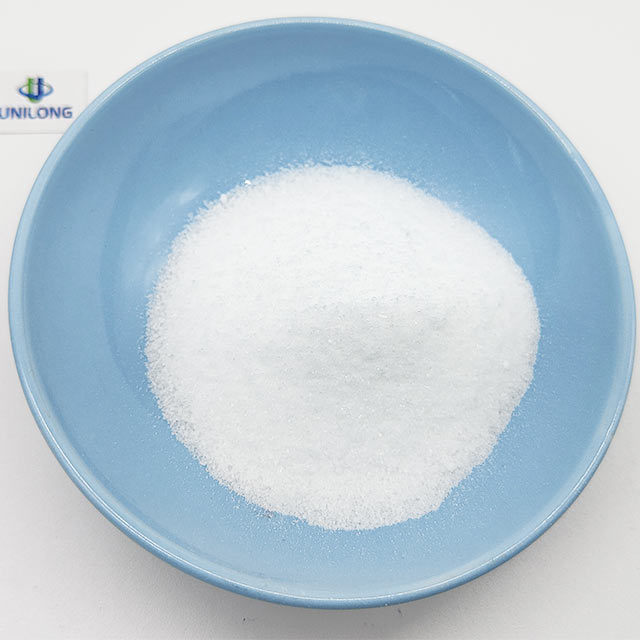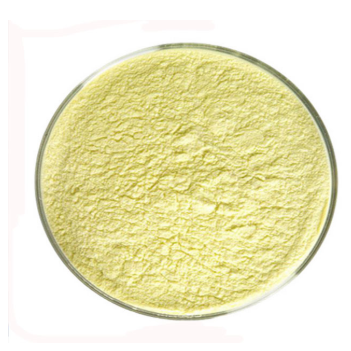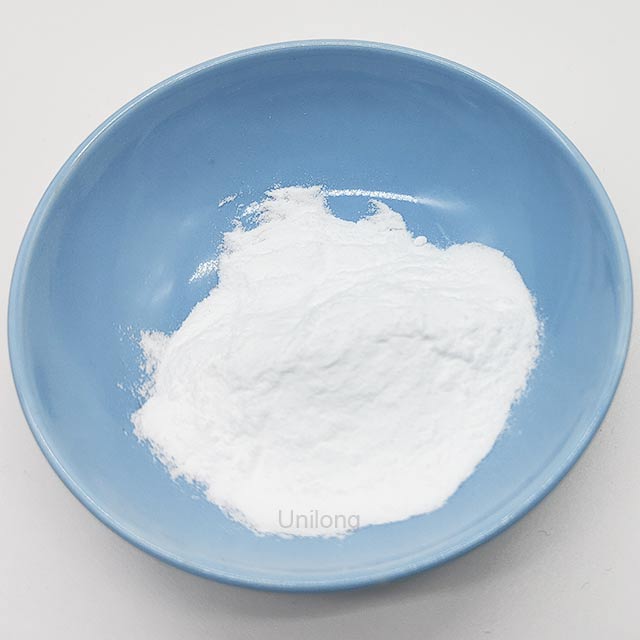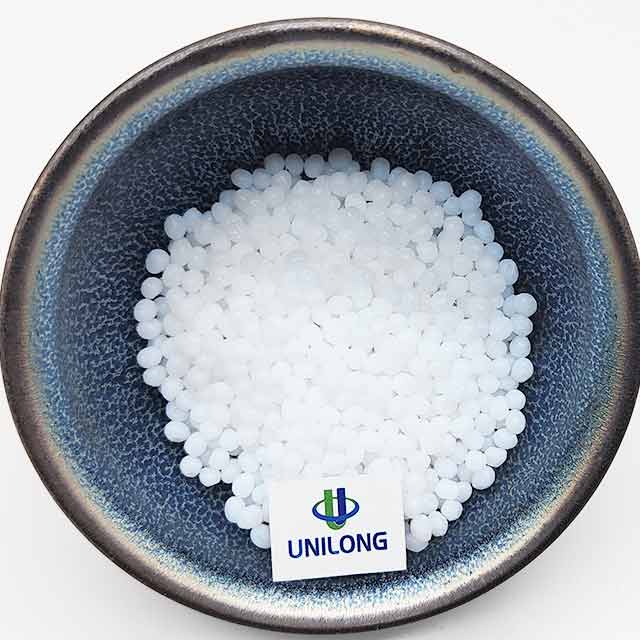CAS:7758-16-9
MF:H5NaO7P2
MW:201.97
EINECS:231-835-0
Synonyms:DisodiuMpytophospha; TwosodiuMpyrophosphatetwohydrogen; AmyloidPrecursorProteinβ,Secreted; ANTI-DSPP(N-TERM)antibodyproducedinrabbit
What is Sodium pyrophosphate CAS 7758-16-9?
Sodium pyrophosphate appears as a white monoclinic crystalline powder or a molten solid. The relative density is 1.86. Soluble in water, insoluble in ethanol. The aqueous solution is hydrolyzed to phosphoric acid by heating with dilute inorganic acid. Sodium phosphate is slightly hygroscopic and forms six crystalline hydrates after absorbing water. When heated above 220℃, it decomposes to form sodium metaphosphate. When used as a leavening agent, an appropriate amount of aluminum salt and/or calcium salt may be included to control the reaction rate.
Specification
| Item | Specification |
| Melting point | decomposes 220℃ [MER06] |
| density | (hexahydrate) 1.86 |
| vapor pressure | 0Pa at 20℃ |
| storage temp | -70°C |
| solubility | H2O: 0.1 M at 20 °C, clear, colorless |
| PH | 3.5-4.5 (20℃, 0.1M in H2O, freshly prepared) |
Application
Disodium dihydrogen pyrophosphate can be used as baking powder to control the fermentation speed and improve the production intensity. Used for instant noodles, reduce the rehydration time of the finished product, do not stick to rot. Used for biscuits and pastries, shorten the fermentation time, reduce the breakage rate of products, loose gaps neatly, can extend the storage period. Disodium dihydrogen pyrophosphate can be used as a quality modifier, which can improve the complex metal ions, pH value and ionic strength of food, thereby improving the binding strength and water retention of food.
Packaging
25kg/drum or according to customer requirements.

Related keywords
DChemicalbookentinsialophosphoprotein; SodiuMpyrophosphatedibasicpracticalgrade; SODIUMPYROPHOSPHATEDIBASICBIOULTR.


